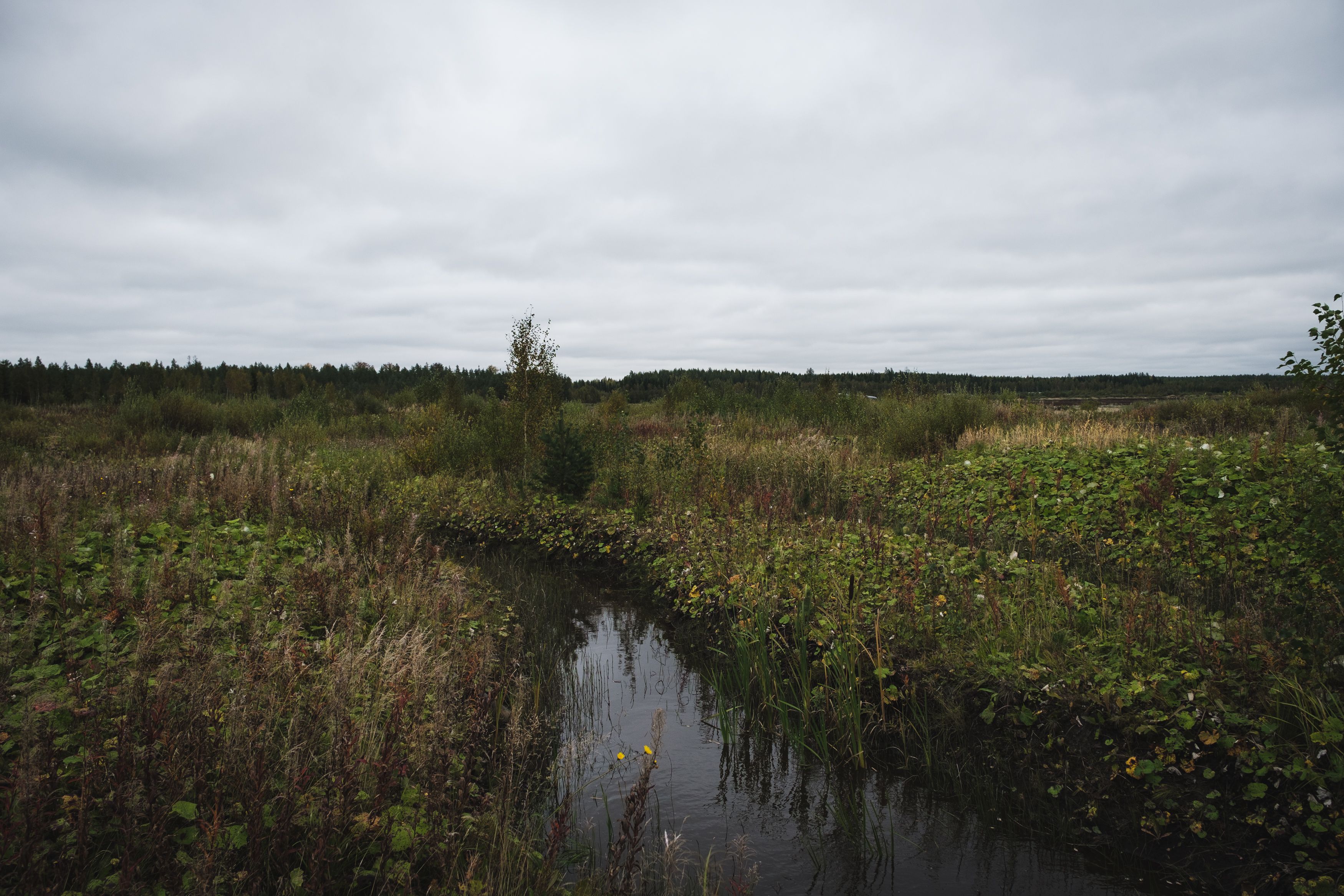Last meal of 2400-year-old ‘bog body’ suggests man was ritually sacrificed
The last meal of the ‘bog body’ was likely porridge and ‘probably some fish’

Your support helps us to tell the story
From reproductive rights to climate change to Big Tech, The Independent is on the ground when the story is developing. Whether it's investigating the financials of Elon Musk's pro-Trump PAC or producing our latest documentary, 'The A Word', which shines a light on the American women fighting for reproductive rights, we know how important it is to parse out the facts from the messaging.
At such a critical moment in US history, we need reporters on the ground. Your donation allows us to keep sending journalists to speak to both sides of the story.
The Independent is trusted by Americans across the entire political spectrum. And unlike many other quality news outlets, we choose not to lock Americans out of our reporting and analysis with paywalls. We believe quality journalism should be available to everyone, paid for by those who can afford it.
Your support makes all the difference.Scientists have probed the gut contents of Tollund Man, a well-preserved “bog body” from the Early Iron Age in Denmark, and found that his last meal likely indicates he was ritually sacrificed 2,400 years ago.
Bog bodies are human remains mummified by acidic peat bogs that leave behind preserved skin, hair, nails and sometimes even internal organs like intestines, according to scientists, including those from the Danish National Museum.
The latest discovery was made using new techniques to analyse plant macrofossils, proteins and pollen.
While some of these bodies are of those who accidentally fell into peat bogs, the scientists said other such remains found in the past have indicated people were also intentionally placed in the bogs as punishment or as ritual human sacrifice.
These well-preserved bodies can offer fresh evidence and unique insights into aspects of daily life in prehistory, shedding light on the appearance of individuals, their food and clothing choices and the illnesses prevalent at the time.
The Tollund Man, one such “bog body” found in 1950 in Bjaeldskovdal, Denmark, was reported in earlier studies as a 30- to 40-year-old who lived some time approximately between 405 and 380 BC, the beginning of the Danish Early Iron Age.
Previous research had established that he was hung and subsequently placed in a peat-cutting pit in a sleeping position.
In the current study, published in the journal Antiquity, the scientists re-examined his gut contents using new techniques and found that he ate porridge cooked in a clay vessel and “probably some fish,” around 12-24 hours before he was killed.
The researchers, including Nina H Nielsen from the Museum Silkeborg in Denmark, specifically assessed the gut contents to see if the Tollund Man had consumed any substance indicative of pain relief such as hallucinogens or intoxicants in his last meal that could suggest he was part of a ceremony.
From earlier studies of other bog bodies the researchers said the plant component of ordinary Iron Age meals were primarily of grain and if there was an abundance of seeds from wild plants in such human remains, it likely indicated these were consumed on special occasions.
The latest research found that the porridge consumed by the Tollund Man contained seeds of the wild plants gold-of-pleasure and pale persicaria.
Based on the analysis, the scientists said there was a dominance of barley, pale persicaria and flax in the porridge.
“The high proportion of wild seeds to grains in several bog bodies compared with those of burnt grain stores could indicate that wild seeds were an ingredient used for special occasions, including human sacrifice,” the scientists wrote in the study.
“Although the meal may reflect ordinary Iron Age fare, the inclusion of threshing waste could possibly relate to ritual practices,” they added.
The scientists believe further studies of bog bodies with more modern techniques can yield fresh insights to old questions and help better understand life and death during the Early Iron Age.
Join our commenting forum
Join thought-provoking conversations, follow other Independent readers and see their replies
Comments